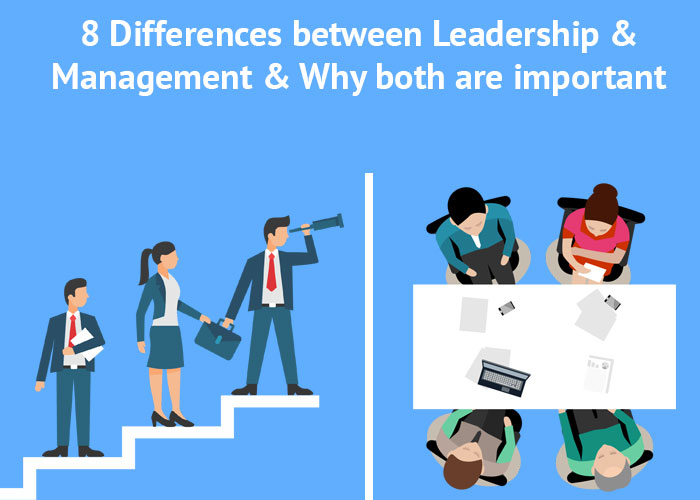Rethinking Middle Management: How They Bridge The Gap Between Leadership And Employees

Table of Contents
The Evolving Role of Middle Management in Modern Organizations
The traditional hierarchical structure, with its rigid layers of middle management, is giving way to flatter, more agile organizations. Globalization and rapid technological advancements have dramatically altered the responsibilities of middle managers. No longer simply managers of tasks, they are now expected to be agile leaders, fostering collaboration, innovation, and employee engagement. Adaptability and continuous learning are paramount for success in this evolving landscape.
- Increased focus on employee empowerment and engagement: Middle managers are increasingly responsible for fostering a culture of empowerment, encouraging employee autonomy, and driving engagement.
- Need for strong communication and collaboration skills: Effective communication, both upward and downward, is crucial for aligning teams with organizational goals. Collaboration across departments and teams is also vital.
- Importance of data-driven decision-making: Middle managers must utilize data analytics to inform their decisions and track progress toward objectives.
- Mastering agile methodologies and project management: The ability to manage projects efficiently using agile principles is increasingly important in today's fast-paced business environment. This includes embracing iterative processes and adapting to change quickly.
Middle Management as a Communication Bridge: Translating Vision into Action
Middle managers are the linchpin in translating the strategic vision of upper management into actionable tasks for employees. This necessitates clear, consistent, and transparent communication. They must not only disseminate information effectively but also actively listen to employee concerns and feedback, ensuring a two-way flow of information. This bidirectional communication is key to organizational success.
- Effective methods for cascading communication: Utilizing various communication channels – town halls, emails, one-on-one meetings – to ensure all employees receive and understand information.
- Techniques for active listening and feedback gathering: Creating a culture of open dialogue and feedback, utilizing surveys, focus groups, and regular check-ins with team members.
- Strategies for resolving conflicts and misunderstandings: Mediating disputes, facilitating discussions, and ensuring fair and equitable resolution of conflicts within the team.
- Utilizing various communication channels effectively: Selecting the right channel for the right message, considering urgency, audience, and the nature of the information.
Fostering Employee Engagement and Motivation Through Middle Management
Middle managers have a direct and significant impact on employee morale and productivity. Their leadership style, coaching abilities, and approach to feedback directly influence team performance. Creating a positive and supportive work environment is crucial for driving engagement and retaining talent.
- Recognition and reward strategies: Implementing systems to recognize and reward employee contributions, both big and small, fostering a sense of appreciation and value.
- Promoting work-life balance: Encouraging employees to maintain a healthy work-life balance, reducing burnout and promoting well-being.
- Providing opportunities for professional development: Offering training, mentorship, and career development opportunities to help employees grow and advance within the organization.
- Building strong team dynamics and collaboration: Fostering a collaborative and supportive team environment where employees feel valued, respected, and empowered.
Developing Effective Middle Management: Training and Development Strategies
Investing in ongoing training and development for middle managers is crucial for enhancing their effectiveness. Essential skills to develop include leadership, communication, conflict resolution, and change management. This development should be a continuous process, adapting to the changing needs of the organization and the individuals within the middle management structure.
- Importance of emotional intelligence training: Developing self-awareness, empathy, and social skills to better understand and manage relationships.
- Strategic thinking and problem-solving skills development: Equipping middle managers with the tools to analyze situations, identify problems, and develop effective solutions.
- Performance management and feedback techniques: Providing training on how to effectively manage employee performance, deliver constructive feedback, and conduct performance reviews.
- Building resilience and adaptability: Developing coping mechanisms to deal with stress, change, and ambiguity.
Conclusion: Rethinking Middle Management for Organizational Success
Effective middle management is not a cost; it's an investment. By rethinking our approach and investing in training and development, organizations can significantly enhance the performance of their middle management teams. Strong middle management is the cornerstone of employee engagement, improved communication, and ultimately, organizational success. Strengthening your middle management team through targeted training and development initiatives will lead to improved organizational outcomes. Rethink your approach to middle management today and unlock the potential of your organization by improving middle management and building truly effective middle management structures.

Featured Posts
-
 Rayan Cherki Transfer News Liverpool And Man Utds Pursuit Of Lyon Star
May 28, 2025
Rayan Cherki Transfer News Liverpool And Man Utds Pursuit Of Lyon Star
May 28, 2025 -
 Blue Jays Trade With Padres A Potential Turning Point For Vladdy Jr
May 28, 2025
Blue Jays Trade With Padres A Potential Turning Point For Vladdy Jr
May 28, 2025 -
 Can Sinner Reclaim His Top Form In Time For The French Open
May 28, 2025
Can Sinner Reclaim His Top Form In Time For The French Open
May 28, 2025 -
 Arus Balik Mudik Masuk Bali Prediksi Puncak 5 6 April 2025
May 28, 2025
Arus Balik Mudik Masuk Bali Prediksi Puncak 5 6 April 2025
May 28, 2025 -
 Uefa Nations League Laga Sengit Belanda Vs Spanyol Berakhir 2 2
May 28, 2025
Uefa Nations League Laga Sengit Belanda Vs Spanyol Berakhir 2 2
May 28, 2025
